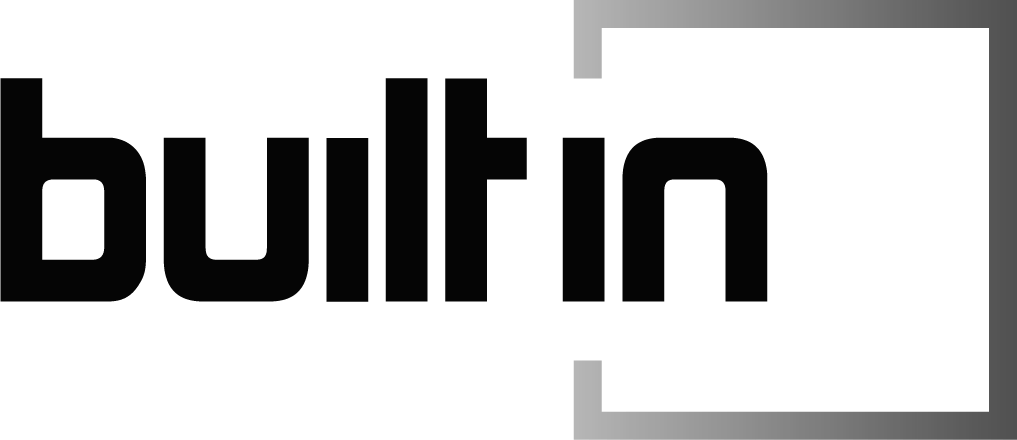P U B L I C A T I O N S
How Much Should You Spend on Marketing?
The Entrepreneur's Quick Guide to Advertising Spend
Published in
Forbes | April 13, 2022 | Author: Thomas Minieri
-- When determining your marketing budget, there are several key factors to consider. Marketing encompasses everything from branding and website development to communications and sales. It is a big header, and each component needs to be well thought out to ensure your entire marketing system is firing on all cylinders.
Branding Overview
Building a brand is not just for large companies. It is the foundation of every business of any size and in any industry. Your brand is your first impression; it is comprised of the visuals that represent your products or services combined with the words used to communicate those products and services. Everything from logo design to sales copy is what makes your brand unique. A successful brand conveys credibility, while an underfunded brand creates doubt. One of my favorite sayings sums up the vibe of branding: How you do anything is how you do everything. Does your brand image tell prospects that you are professional, or does it send the message that you are low budget and disorganized? Branding is about perception.
Branding Spend
Start off with a professionally designed logo, a defined color palette, a selection of unique photos or carefully selected stock images and well-written sales copy. With a focus in marketing on return on investment (ROI), it might be challenging or impossible to track the effectiveness of many branding efforts. I consider branding an investment that makes every other part of your marketing strategy more effective. A poor brand hurts everything while a great brand helps everything. A business owner may spend anywhere from $1,000 to $5,000 for initial startup branding and additional funds for ongoing updates and further development.
Advertising Overview
Any effort that directly promotes your business to prospects can be considered advertising. Options may include running paid ads on social media or search engines, posting on social media, email marketing campaigns, direct mail campaigns, billboards, radio spots, outside salespeople or networking events. Your advertising budget should also include the cost to create any content that will be utilized in the actual advertisements as well as the cost of managing advertising campaigns.
Advertising Spend
My rule of thumb with respect to advertising spend is to have two budgets in mind: one to sustain current revenues and another for robust growth. If you want to maintain current revenue amounts, then 5% to 10% of sales allocated toward advertising may suffice. If you want rapid growth, then you may need to push that number higher, possibly to 20% or more depending on the industry and type of business you operate. A startup business should commit to a fixed number for their advertising spend as their revenue may be too low to utilize a percentage of sales as a gauge. For many small businesses, $1,000 per month is a reasonable minimum advertising spend.
Communications
I call communications "marketing insurance." If you are going to spend money on branding and advertising, then make sure leads are managed properly. The first step to achieving this is to streamline the methods by which prospects can connect with you. Having too many methods (such as telephone, email, chat, texting and messaging) can be overwhelming. I prefer the good old-fashioned telephone. While I also like chat for website communication, I strive to get the prospect on the phone as soon as possible. Personal correspondence with prospects is crucial in many industries.
Communication Spend
The costs for proper communication can vary between industries. Spend what needs to be spent to ensure you are not losing leads due to unresponsiveness. Failure to manage your communication systems properly can be fatal to a business as money is being wasted on advertisements that are not turning into sales. Another aspect of communications and "marketing insurance" is customer service. The last thing you want is for a new customer to ask for a refund due to poor service.
Sales
Sales is under the marketing umbrella as the prospect has not yet purchased. The prospect saw your credible brand promoted in an advertisement, then they visited your website to learn more and now they are ready to make a purchase!
Sales Spend
Like communications, your sales spend will vary between industries. The goal here is to develop professional sales presentations or sales methods that clearly explain in detail the benefits of your offerings in a manner that encourages the prospect to make a purchase. Graphic design slideshows can work well and may help your team stay focused when presenting. Keep them fun and interesting. Videos and other media are also smart investments to improve sales results. If you rely on a sales team, they should be properly dressed, polite, knowledgeable and able to clearly communicate your products or services. Make sure they have the tools they need to succeed.
Customer Acquisition Cost
I tend to summarize marketing spend into one primary data point: customer acquisition cost (CAC). This is the total cost to get one new customer and includes your branding efforts, advertising spend, designer and marketing team salaries, and sales process costs. To find this number, simply add up all the above expenses and divide by the number of customers you acquired in that same timeframe. It makes for good business practice to evaluate your CAC annually and work to get that number lower each year without diminishing your brand. Avoid cutting your marketing budget, rather work to refine your marketing effectiveness. Starving your business of crucial marketing components is never a smart decision.
Conclusion
A well-thought-out marketing plan can make or break a company. It can also separate a company that is stuck in a revenue plateau from one that is soaring to new heights. I took my first company, a service-based studio business, from a small underfunded startup to a bustling national franchise in just six years. My CAC was about $250 per customer in years one and two. As our brand and marketing systems were perfected, I was able to lower that number to $110 per customer. This improved profitability and made my brand attractive to prospective franchisees.

ABOUT THE AUTHOR
Thomas Minieri is the author of the cult-classic book Lemonade Maker. A self-made entrepreneur, innovation strategist, and digital marketing expert, he founded Lemonade Maker® Strategies— a modern business community designed to help entrepreneurs thrive in today’s age of technology and disruption.
With over two decades of experience, Thomas has built multiple 7- and 8-figure companies across franchising, digital strategy, real estate, event production, and innovation consulting—entirely without outside capital or debt. His work has been featured in Forbes, Entrepreneur, Fast Company, and more.
Known for his fearless creativity, culture-driven leadership, and tech-forward approach, Thomas has helped thousands of founders bring clarity to chaos and break the status quo to build something unforgettable.

















